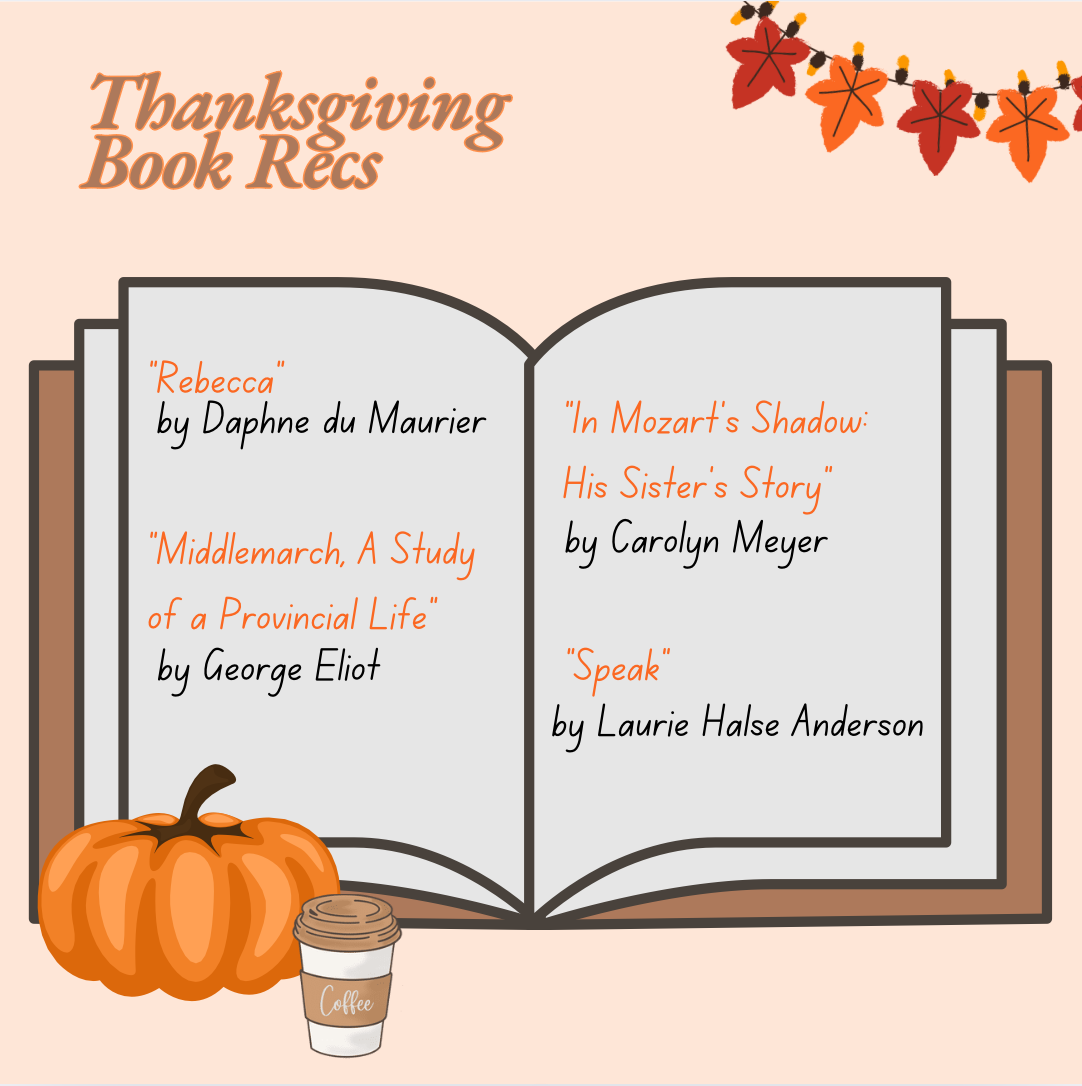The holiday season brings many traditions with it, but where do these traditions come from? While some of them have religious roots, others began with little religious connection.
1. Christmas Trees

Even before Christmas was established, evergreens were regarded as something special during the winter months. Evergreens were thought to be able to keep away evil, spirits and illness. The ancient Egyptians believed that the god Ra fell ill every year, bringing winter. During the winter solstice, the Egyptians would fill their homes with green palms and branches celebrating Ra’s coming recovery. Early Romans celebrated the solstice by holding Saturnalia in honor of Saturn, the god of agriculture. They decorated their homes and temples with evergreens to celebrate when their farms would soon become green again.
However, today’s Christmas tree tradition began when 16th century Germans decorated the trees and put them in their home. The trees were popularized in 1846 when Queen Victoria and Prince Albert were shown with their children around the Christmas tree in the Illustrated London News.
2. Santa Claus and his Reindeer

Around 280 A.D. in modern-day Turkey, a monk named St. Nicholas received a large inheritance when his parents died. He decided to give his money to the poor and became known as the protector of children and sailors. Santa Claus became popular in early America because Dutch immigrant families gathered each year to celebrate the death of “Sinterklaas.” His fame was broadened when Washington Irving named him the Patron Saint of New York in 1809. Furthermore, Clement Clarke Moore’s poem “The Night before Christmas” featured Santa Claus and characterized him as a joyous, chubby man with a white beard. To create this story, Moore pulled from New Amsterdam folklore and German, Norse and Scandinavian legends. Santa’s reindeer also originated from this poem. These reindeer were inspired by the Scandinavian and Finnish reindeer often used to pull sleds and sleighs in the winter. Rudolph was created in 1939 when Robert L. May wrote a Christmas poem to promote the Montgomery Ward department store. The story became popular, and, in 1949, Gene Autry recorded the famous song “Rudolph the Red-Nosed Reindeer.”
3. Gifts
During the Roman Saturnalia festival, gifts were exchanged to give thanks for the fruits and crops that were to come. In Christianity, gifts were also appreciated in the story of the Three Wise Men or Kings who brought gold, frankincense and myrrh to baby Jesus. Gift-giving can also be attributed to St. Nicholas, whose death on December 6 was celebrated by sharing gifts. Martin Luther, a 16th century priest, promoted gift-giving around Christmas to shift the focus from saints to Christ. However, holiday shopping as we know it today did not begin until the late 18th century, when department stores began Christmas advertising to drive shoppers to make purchases to celebrate the season. Gift-giving during Hanukkah was also influenced by this shift in consumerism. By tradition, Jewish families gave their children money, or gelt, during Hanukkah. While some families still do this, gifts have become increasingly popular.
4. Chocolate Gelt
In the 1920s, chocolatiers began creating chocolate gelt, or chocolate coins in gold or silver foil. Chocolate was seen as a more appropriate gift than money, especially for small children. Today, chocolate gelt is given to children of all ages and is also used to play dreidel, a four-sided spinning top with Hebrew letters on each side.
5. Dreidel

During Hanukkah, children play a game by spinning the dreidel and betting on which Hebrew letter will face up when the dreidel stops spinning. Children usually play for a pot of chocolate gelt.
The four letters on the dreidel are Nun, Gimmel, Hay and Shin, forming the acronym NGHS, which stands for Nes Gadol Hayah Sham. The phrase, when translated from Hebrew to English, means “a great miracle happened there (Israel).” The letters also represent the rules of the game: the Yiddish words nisht (nothing), halb (half), gants (all) and shtel ayn (put in) dictate what the player receives or loses when the dreidel lands on that side.
The tradition began between 200 and 160 BC when Jews were not allowed to practice their religion. If they heard soldiers coming when they gathered to study the Torah in secret, they would hide their studies and start playing with the top.
6. Stockings

The origin of putting small gifts in stockings that are hung from the mantle is not clear, but there are two main explanations. One of the most famous stories about St. Nicholas’ acts of kindness tells of a poor widower who did not have money for the dowry of his three daughters. St. Nicholas slipped bags of gold down the chimney into the girls’ stockings, which had been hung on the mantle to dry.
Another explanation is that in several European cultures, children leave their shoes outside the door on the eve of St. Nicholas Day, December 6. When they awake, they find treats and gifts in their shoes.
In America, the stocking-hanging tradition was popularized by Moore’s poem, “The Night before Christmas.”
7. Candy Canes

This popular striped candy was created in 1670 by a choirmaster in Cologne, Germany. He was tired of the fussy children in the Christmas pageant (performed to recount the birth of Jesus), so he made white candy sticks to keep them quiet. They were bent to represent the shepherds’ crooks to honor the shepherds at the stable at baby Jesus’ birth. The candy became popular and spread to other Christmas pageants. Candy canes became popular in America when a German-Swedish immigrant decorated his tree with candy canes in 1847. Around the turn of the century, red stripes and peppermint flavoring were added to the candy.
By ELYSIA OUYANG
Staff Writer
The beginning of holiday traditions
December 28, 2013
1
0
Donate to Sword & Shield
$180
$1000
Contributed
Our Goal
Your donation will support the student journalists of University High School. Your contribution will allow us to purchase equipment and cover our annual website hosting costs.
More to Discover














longer cream • Jun 17, 2014 at 7:33 am
Thanis for finally writing about >The beginning of holiday traditions | Swolrd & Shield
<Liked it!